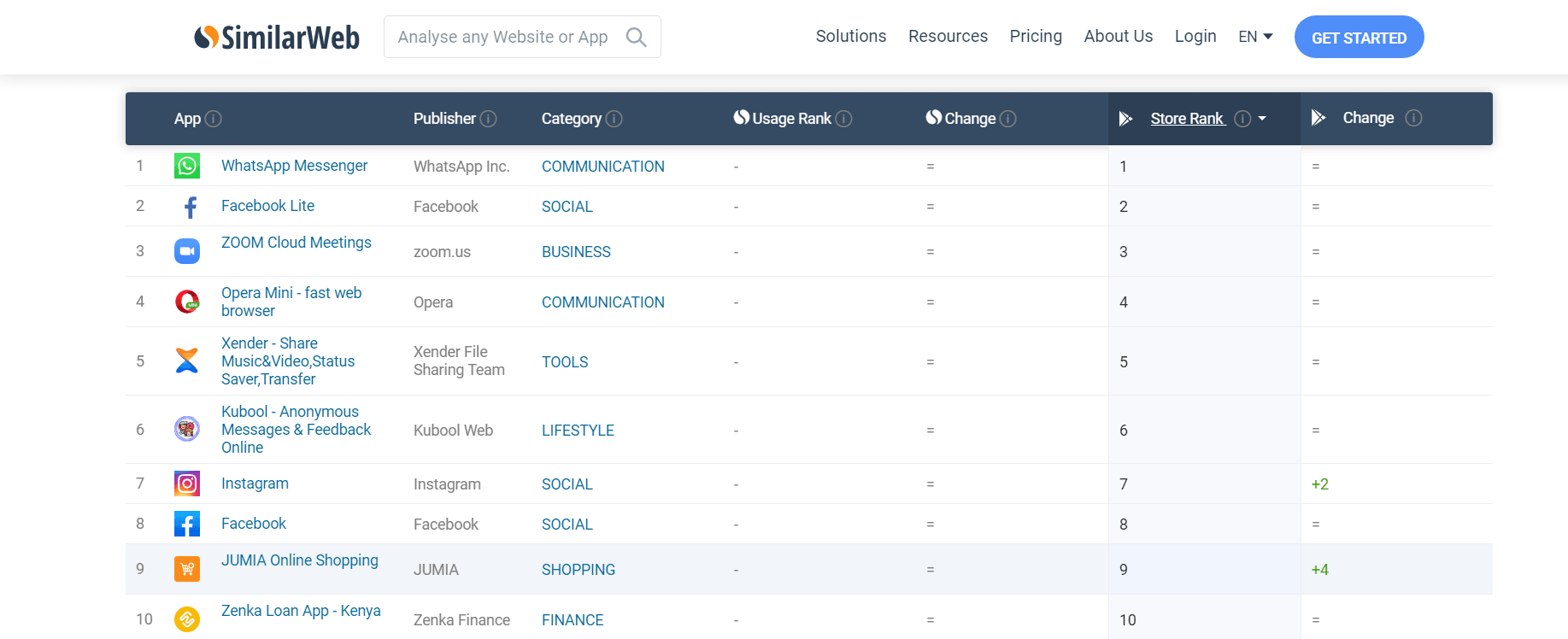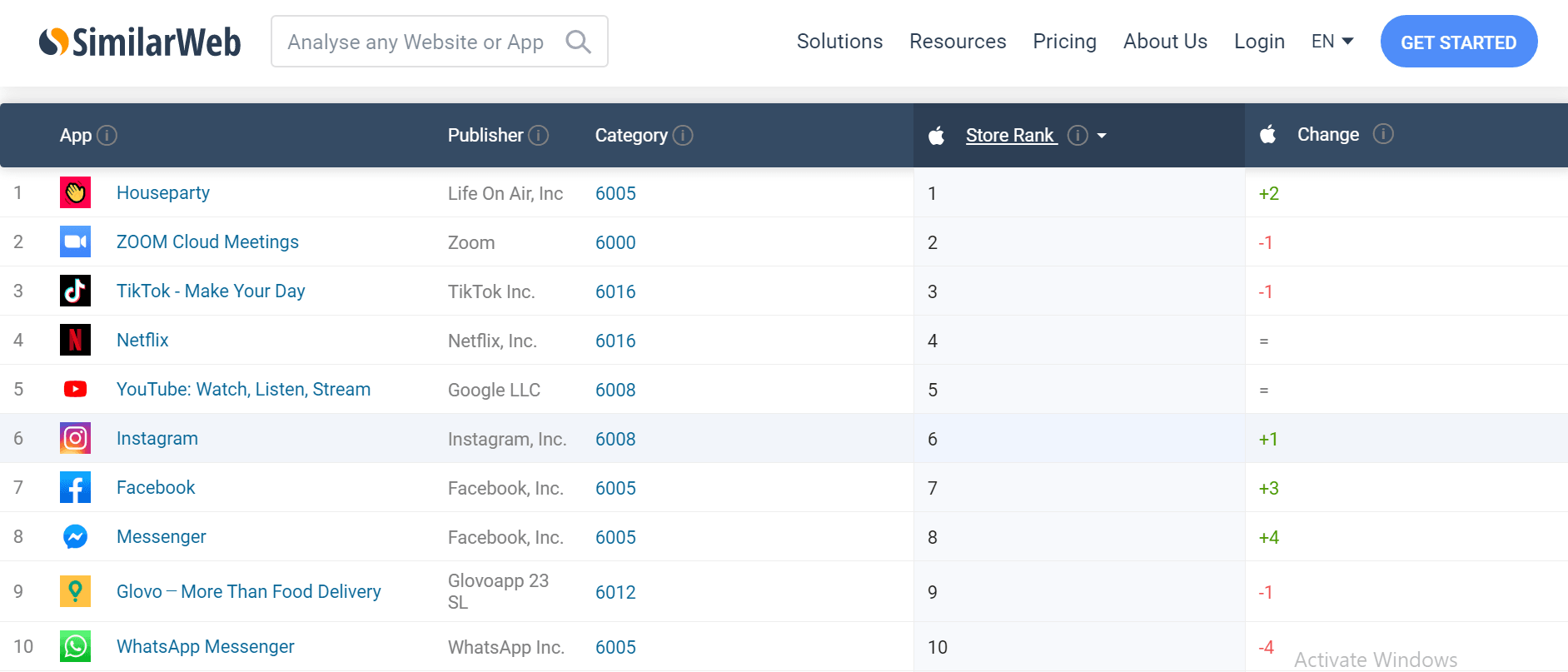Thanks to the Internet and the advancement of technology in Kenya, we can still keep spinning, so to speak. We are now video conferencing every day for school, for work, for family, and for friends.
This has become the ‘new normal’ for us in Kenya and the rest of the world. At the heart of these new trends seems to be Zoom Houseparty and Kubool.
Apps Topping The Charts In Kenya


In the first week, Zoom, the video conferencing app, is nowhere within the top-10 mobile apps on Google Play. This is till Saturday the 21st March 2020 when it checks-in at the 10th position. Fast forward and Zoom punches up to the 3rd position and stays there as of today Wednesday 1st April, 2020.
In light of this feat, we have to acknowledge Kubool too. The anonymous messaging app also climbed the tables from Tuesday 24TH March, 2020. It is now the sixth most downloaded app in the country.
Looking at the graph through the Apple Store microscope, Zoom is pushed into second place by another video conferencing app, Houseparty.


Can Our Internet Service Providers Handle It Though?
All this has put a major strain on all Internet infrastructure with various Internet Service Providers (ISPs) and Mobile Networks as usage skyrockets unexpectedly.
Normally, Internet usage in Kenya would be concentrated within offices where employees use a single shared connection. However, has been noted that home internet usage is now the main culprit for the massive rise in Internet traffic in Kenya.
This development has led the ISPs to increase its Kenya Internet Exchange Point capacity by 200% according to a report by Moses Kemibaro. However, in the current coronavirus scenario where everyone is working from home, you have fewer but highly dispersed users per Internet connection who using bandwidth at extraordinary levels, for work and play.
While speaking to Moses Kemibaro, Fiona Asonga, CEO of TESPOK (Technology Service Providers of Kenya), also notes that they are seeing a massive spike in video-based data traffic. It includes video-conferencing, popular consumer platforms like YouTube, Netflix, and Showmax.
Let’s break it down. In January 2020, regular Internet data traffic on the KIXP was in the region of 7.50 Gbps. It’s currently at 27 Gbpsand they have seen spikes as high 57.80 Gbps as per screen grab below:


Image Courtesy Moses Kemibaro
Fiona states that it might take a while before they are able to handle the constraints. This is because as much as they want to help, the process requires a lot of hardware and man-power, that is not so easy to get at this time. Let’s hope they are able to solve this conundrum as we push through this pandemic.
CHECK OUT OUR COVID-19 COVERAGE HERE




Comments